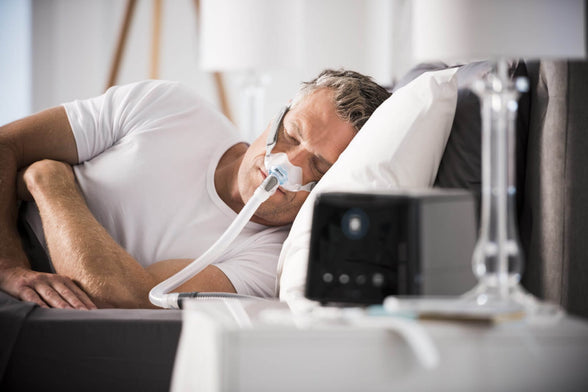BiPAP stands for Bi-Level Positive Airway Pressure. Unlike CPAP, which delivers a constant air pressure, BiPAP provides two different pressure levels: Higher pressure for inhalation (breathing in) to overcome airway obstructions and Lower pressure for exhalation (breathing out) for easier breathing out. Think of it as boosting your inhalation and relaxing your exhalation, making BiPAP suitable for people with more complex breathing issues like central sleep apnea.
While all help with sleep apnea, they differ in pressure delivery: CPAP delivers constant pressure throughout your sleep cycle, good for simple sleep apnea cases. BiPAP/Bilevel CPAP provides two separate pressures: higher for inhaling and lower for exhaling, suitable for complex sleep apnea or those struggling with exhaling on CPAP. Think of CPAP as steady support and BiPAP as adaptive assistance.
BiPAP is typically recommended for individuals who need high levels of air pressure, those who have difficulty exhaling against CPAP’s constant pressure, or patients with complex sleep-related breathing problems. It is particularly beneficial for those with conditions like central sleep apnea, severe obstructive sleep apnea, COPD, and other respiratory or heart conditions that affect breathing.
Benefits include improved sleep quality, reduced daytime sleepiness, and a decreased risk of chronic health problems related to untreated sleep apnea. The customized pressure adjustments of BiPAP ensure tailored therapy, enhancing patient compliance and comfort.
In a BiPAP machine, pressure is adjusted through two distinct settings: IPAP for inhalation and EPAP for exhalation. These settings can be programmed based on the user’s needs and may automatically adjust to the user's breathing patterns or be set to switch at timed intervals. This flexibility helps accommodate varying respiratory requirements throughout sleep.
BiPAP is a less invasive therapy using a mask to deliver two levels of air pressure, mainly for sleep apnea and similar conditions. Mechanical ventilators, more complex and invasive, are used in hospitals for severe respiratory failure or under anaesthesia, offering extensive respiratory support in critical care.





